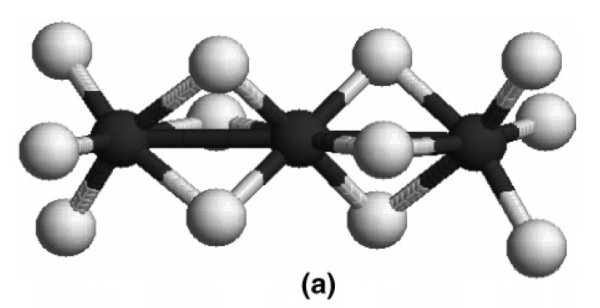Abstract
We have studied epoxidation catalysts based on complexes of nickel with acac (acetylacetonate) ligands in the solid state, in solution, and on a polymeric support by X-ray absorption spectroscopy.
The EXAFS results show that the degree of association (monomer or trimer) of the Ni(acacR) complexes depends on the bulkiness of R. For R = H, trimers predominate both in the solid state and in solution, whereas for R = p-tBuBn, the monomers that are found in the solid state tend to associate to trimers in solution. The trimers are broken up by excess coreactant, i-butyraldehyde, which converts all Ni complexes to 6-coordinated species. The lower degree of association of the substituted Ni(acacR) complex accounts for its relatively high catalytic activity at low concentration.
For the solid complexes, the EXAFS results, which provide one-dimensional structural information, are complemented by XANES simulations defining the three-dimensional structure around Ni. The benzimidazole and pyridine ligands of PBI and AMP-resin partially displace acac in the Ni ligand sphere upon grafting.
For the rigid PBI this must result in vacancies in the Ni coordination sphere, which explains why this support gives an active catalyst whereas the AMP-resin does not.
Ind. Eng. Chem. Res., 44 (23), 8631-8640, (2005)
Martin C. Feiters, Gerald A. Metselaar, Bastienne B. Wentzel, Roeland J. M. Nolte, Serge Nikitenko, David C. Sherrington, Yves Joly, Grigory Yu. Smolentsev, Antonina N. Kravtsova, and Alexander V. Soldatov

